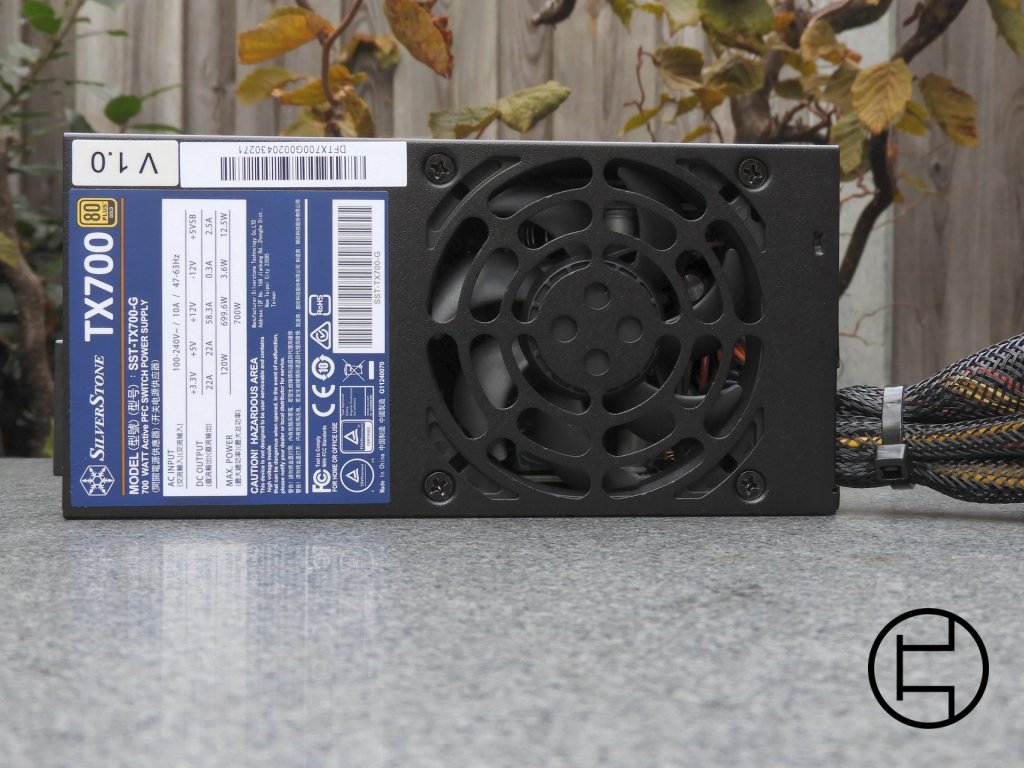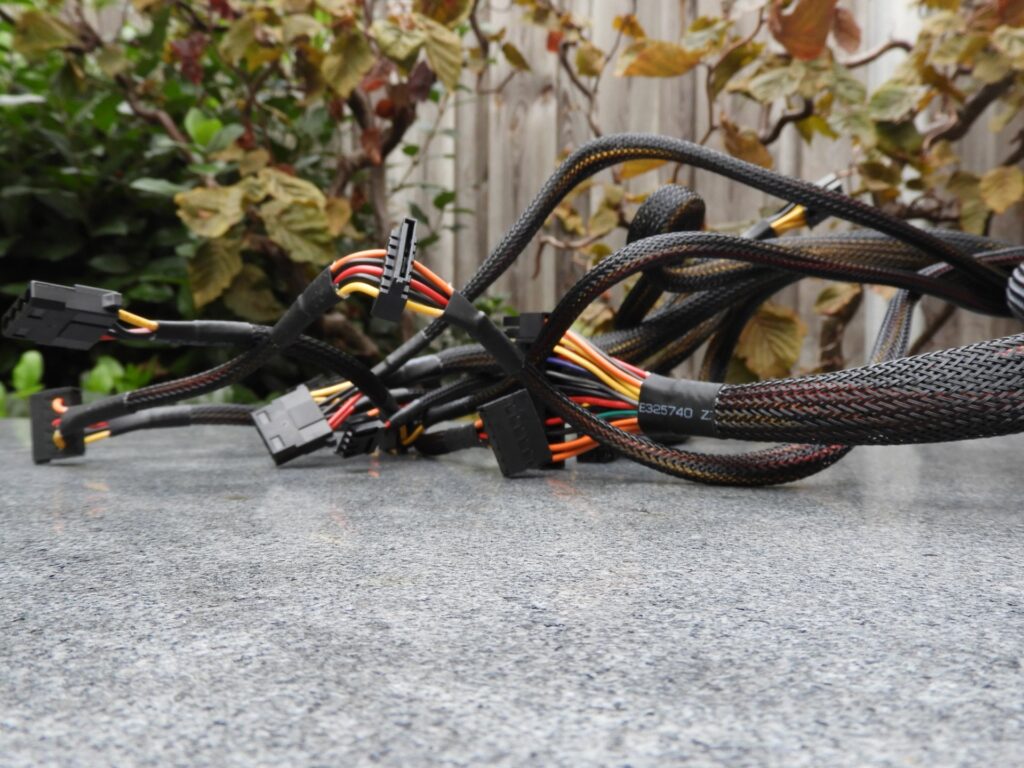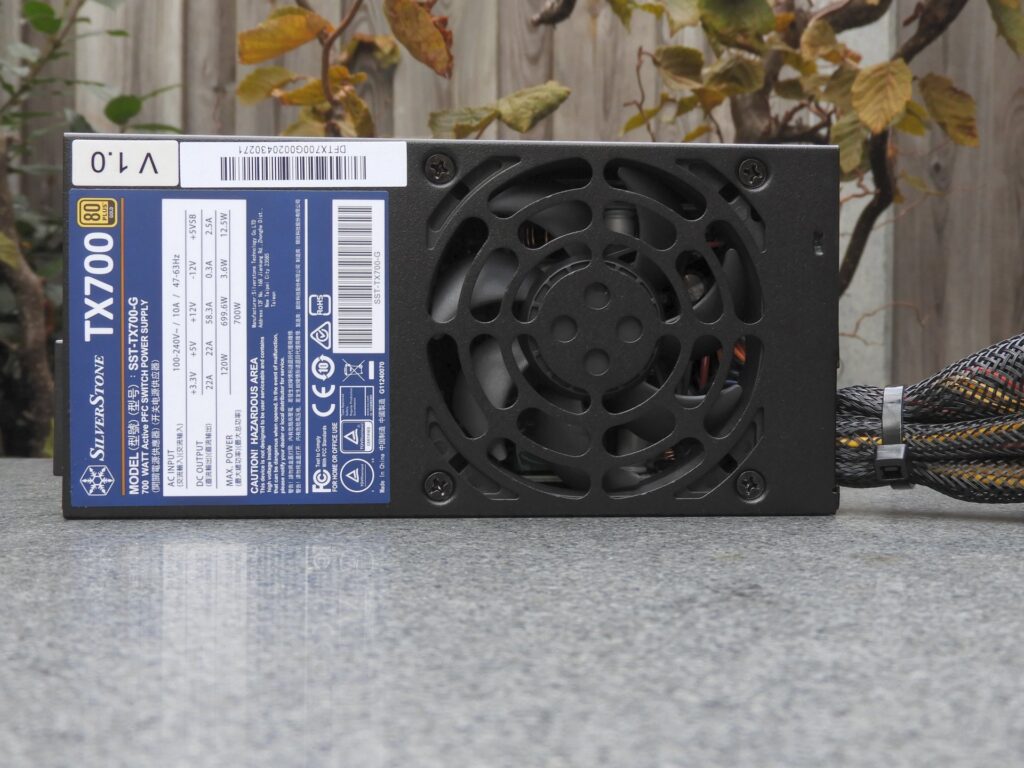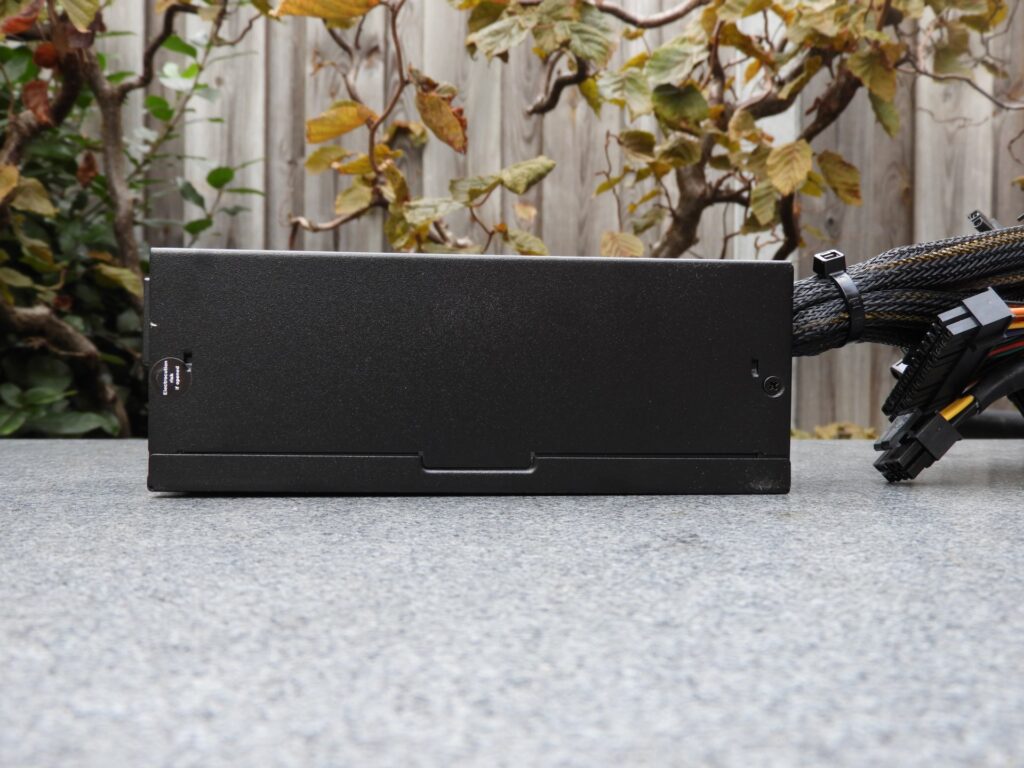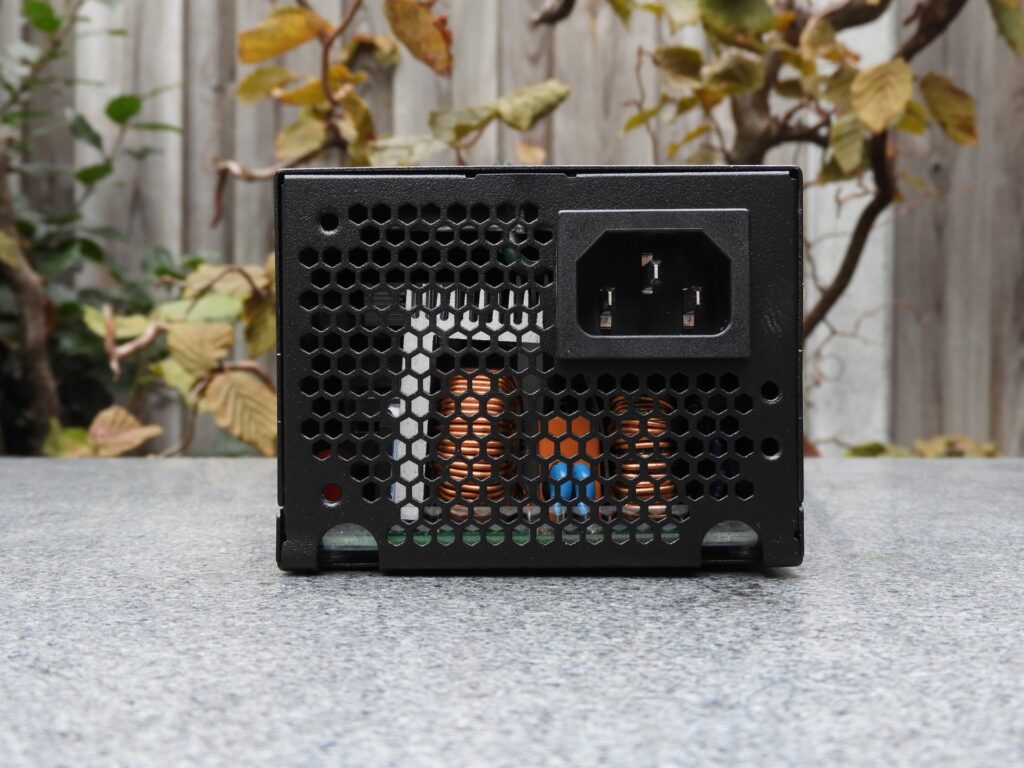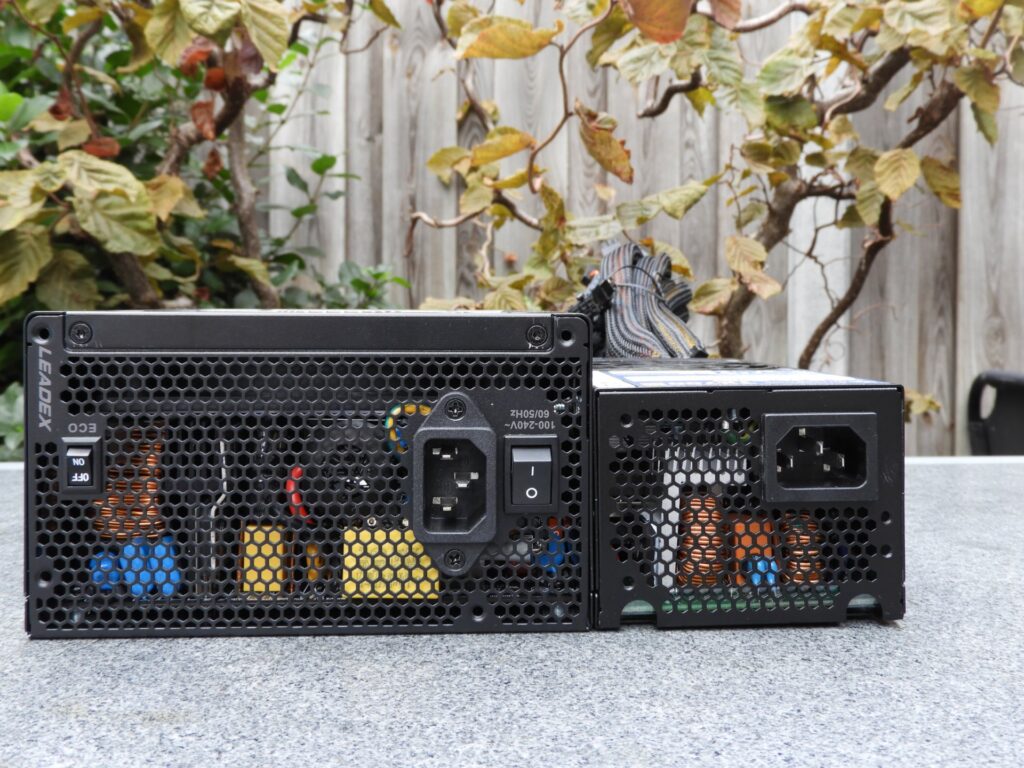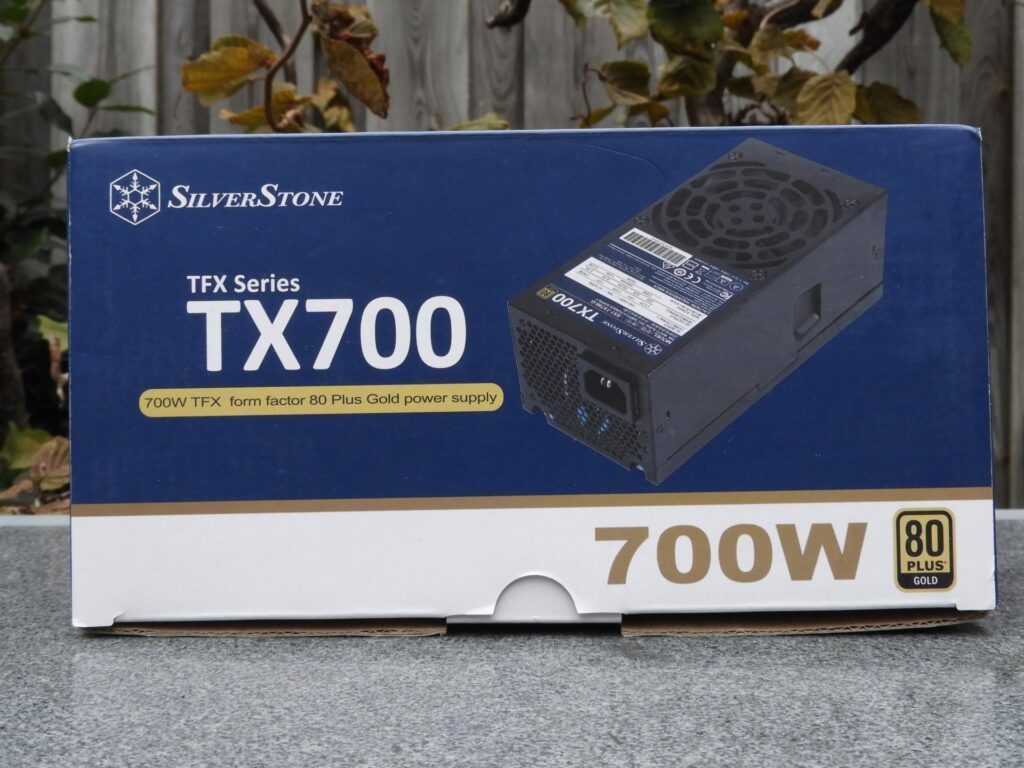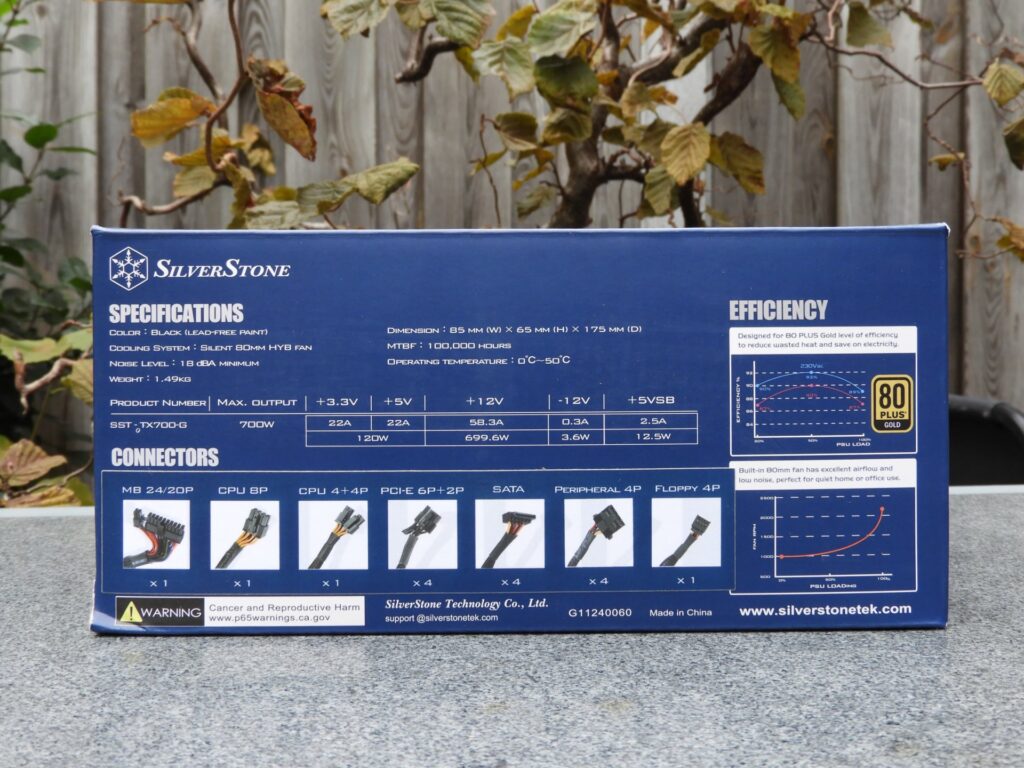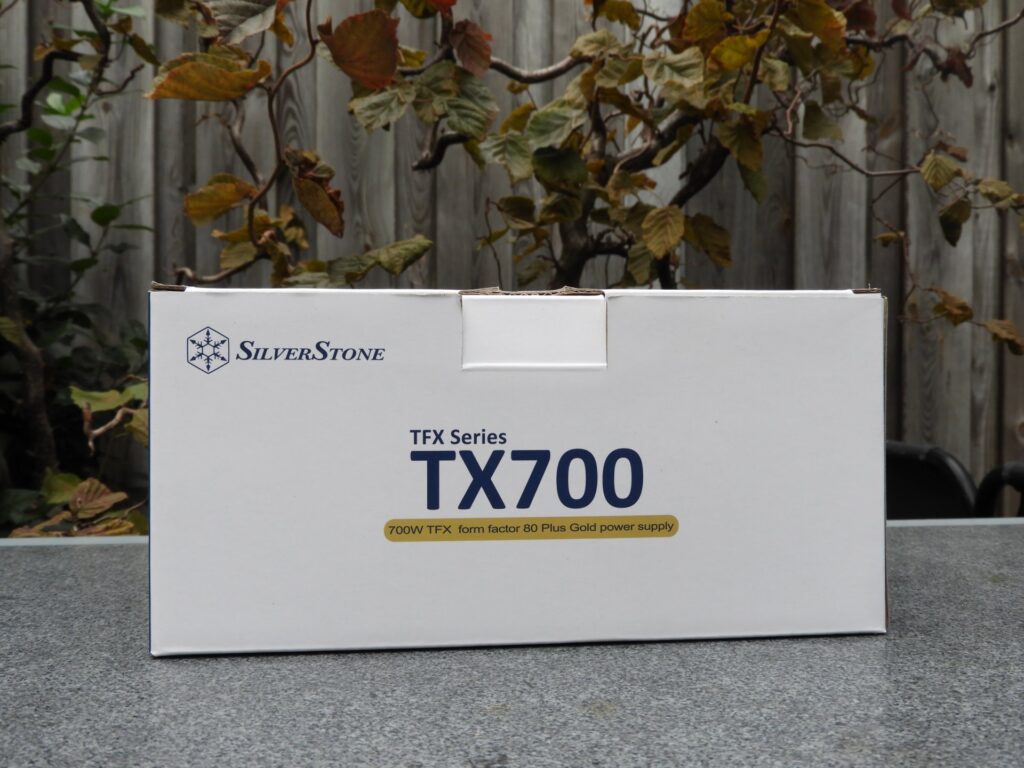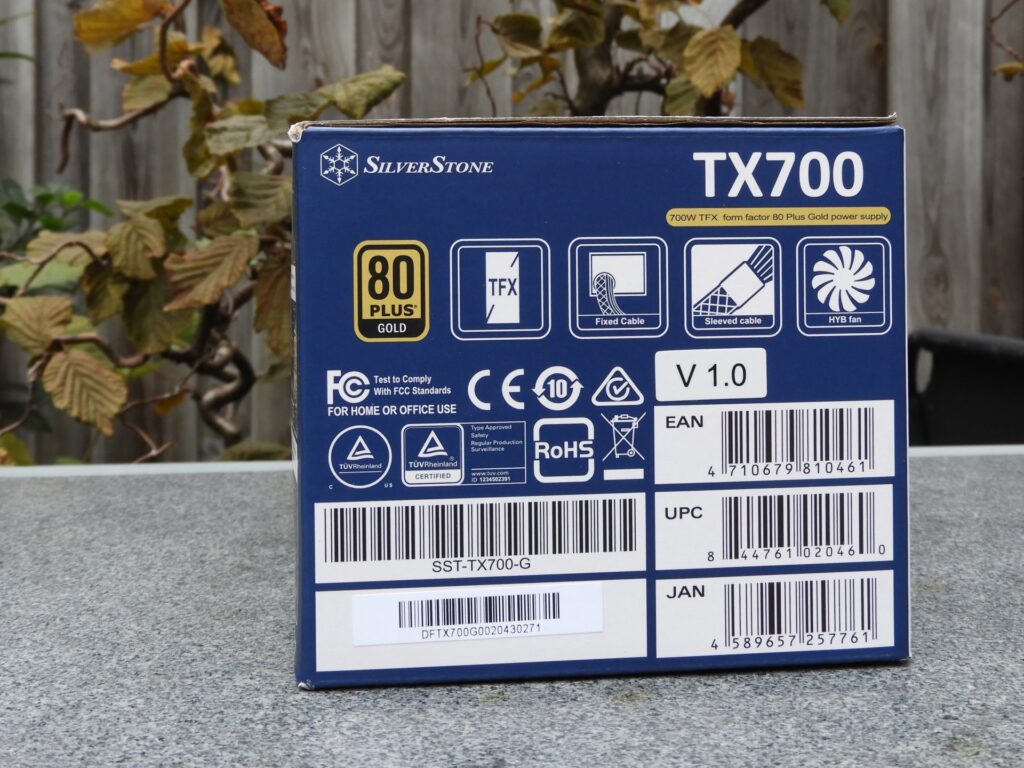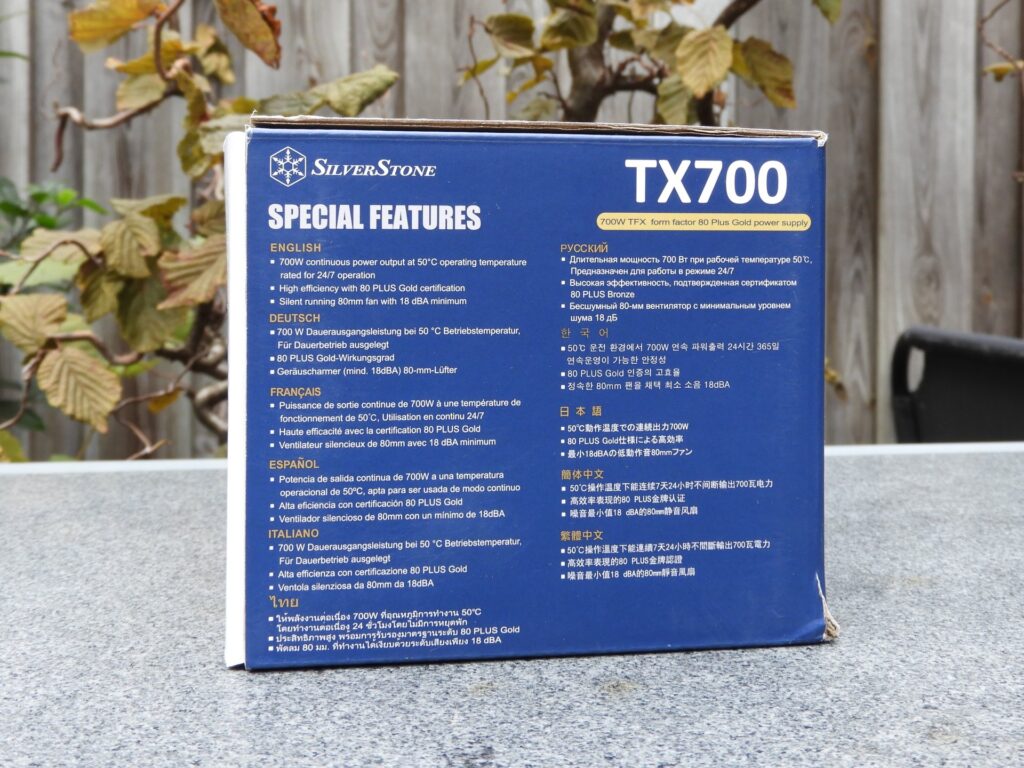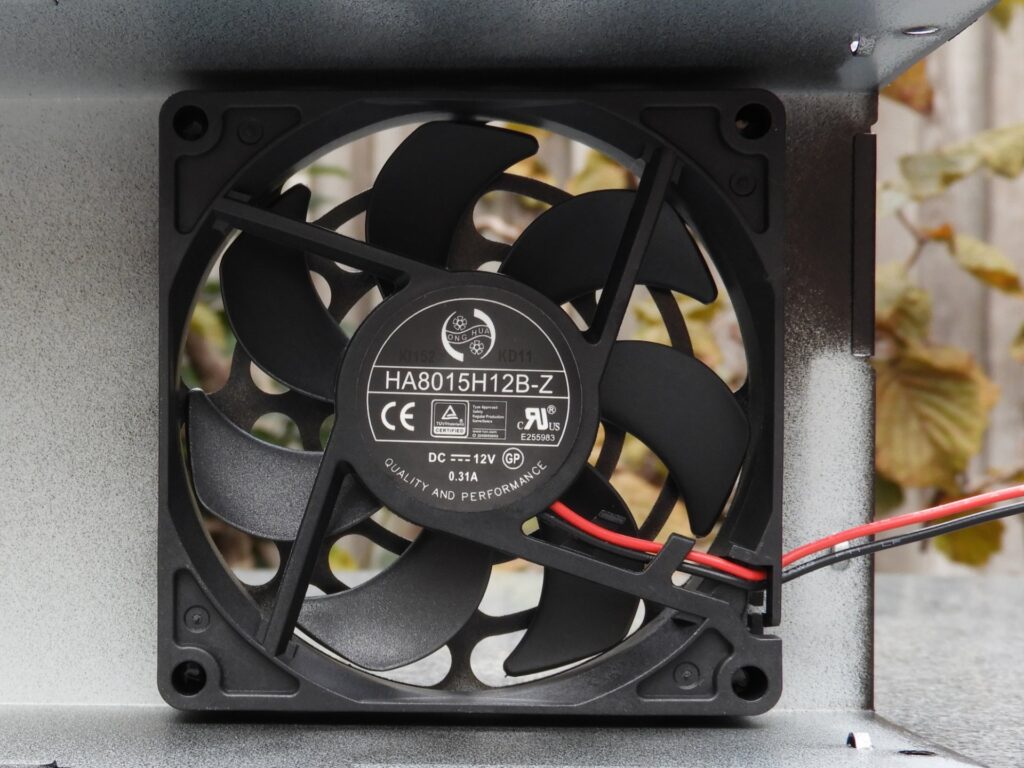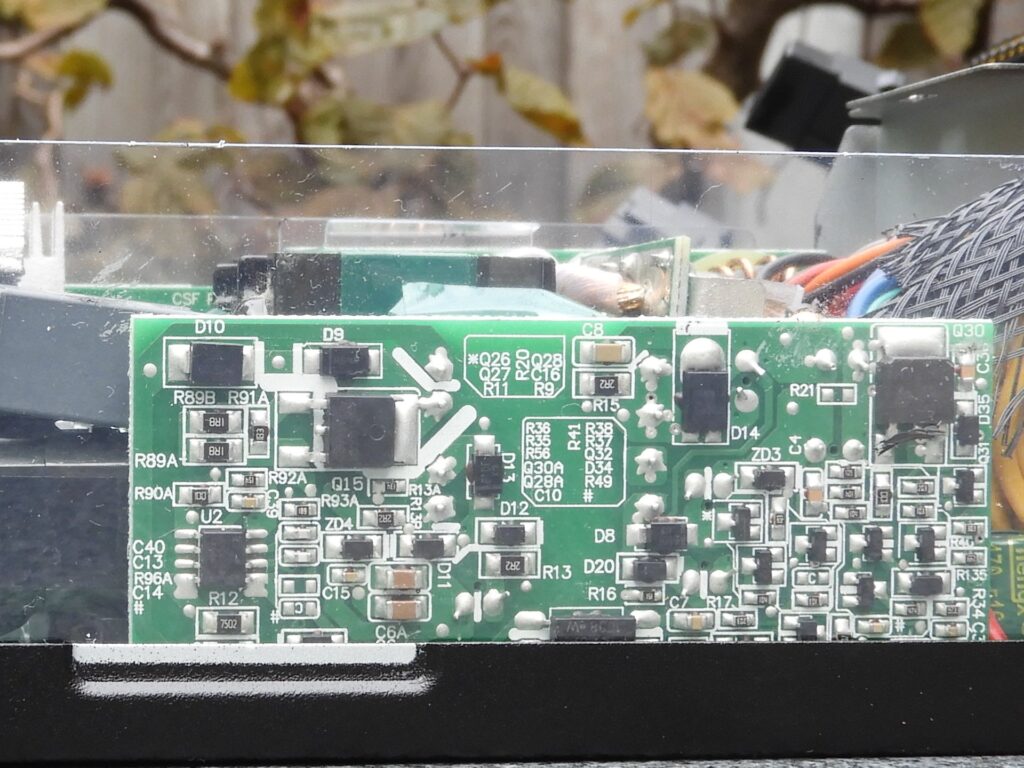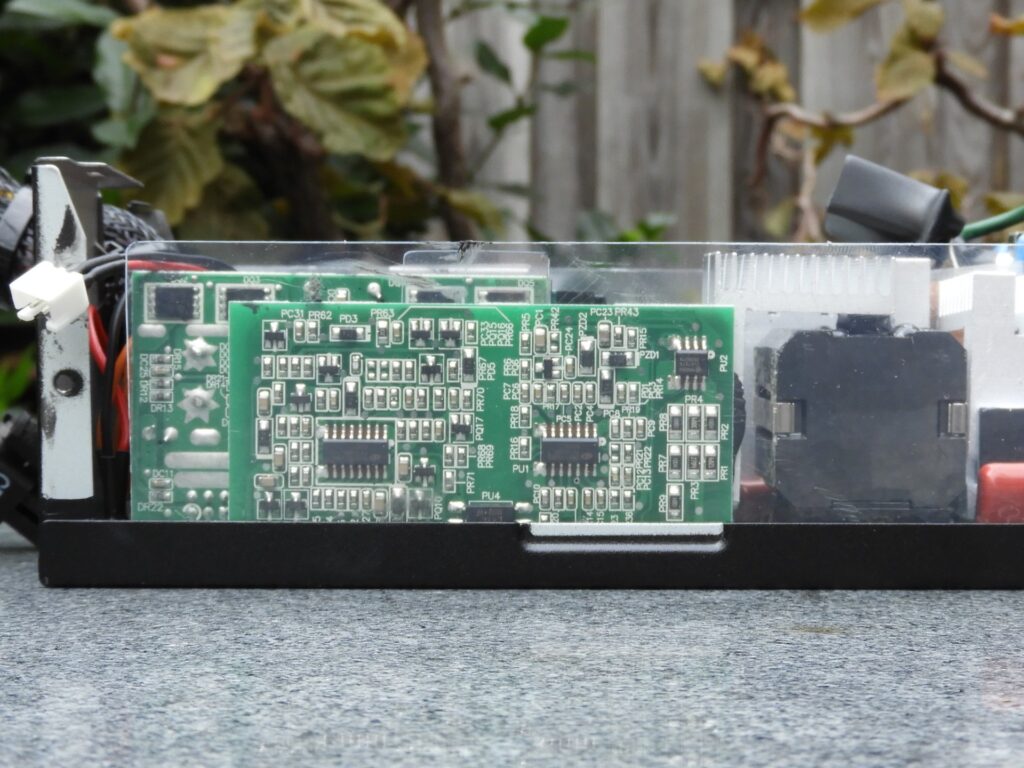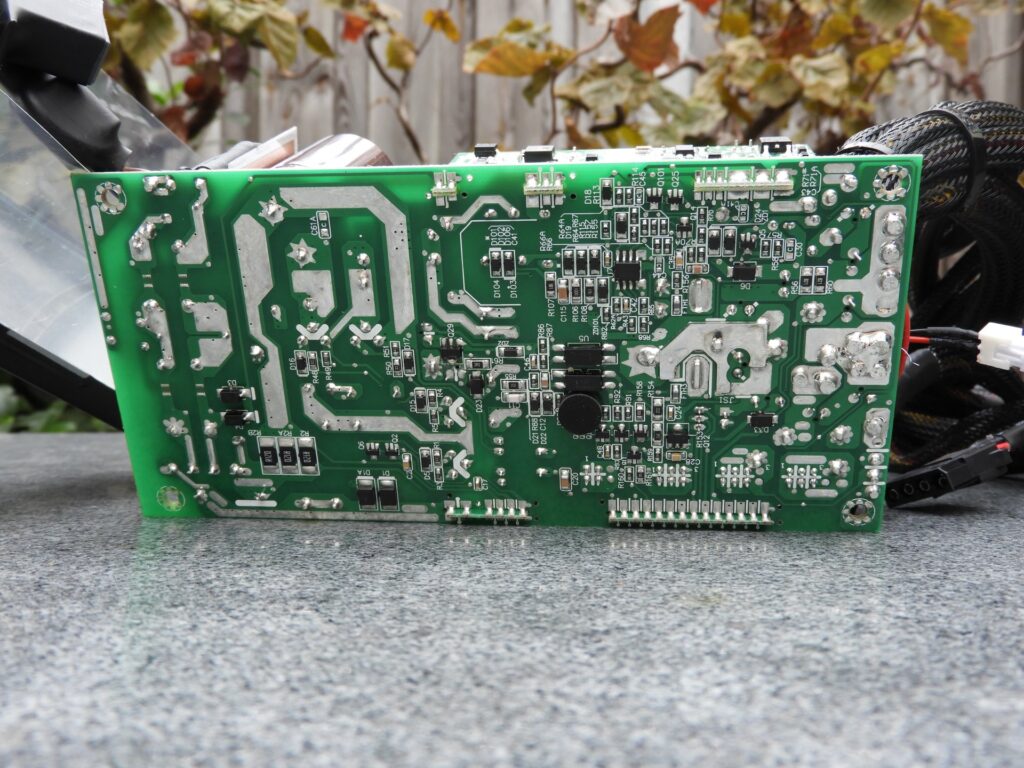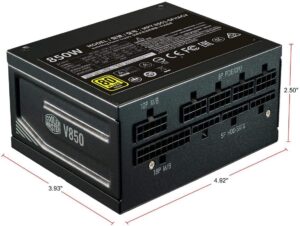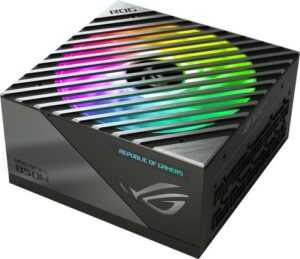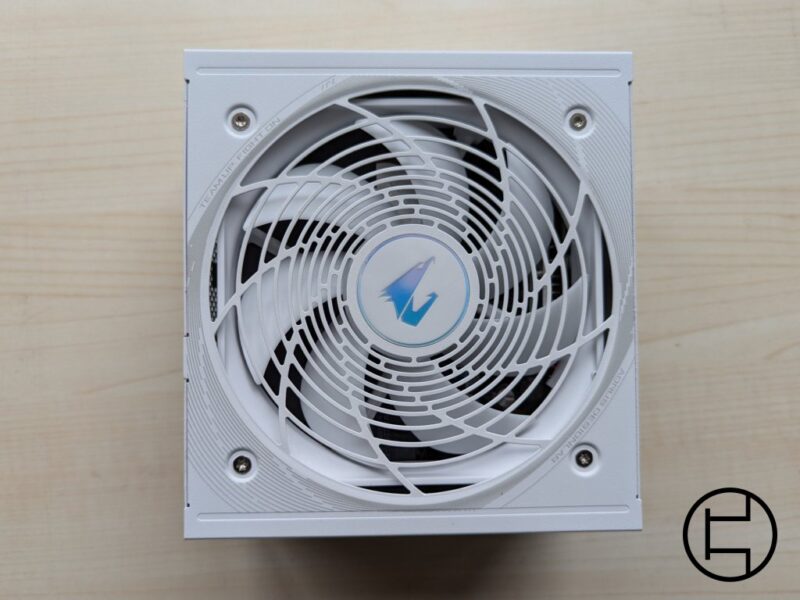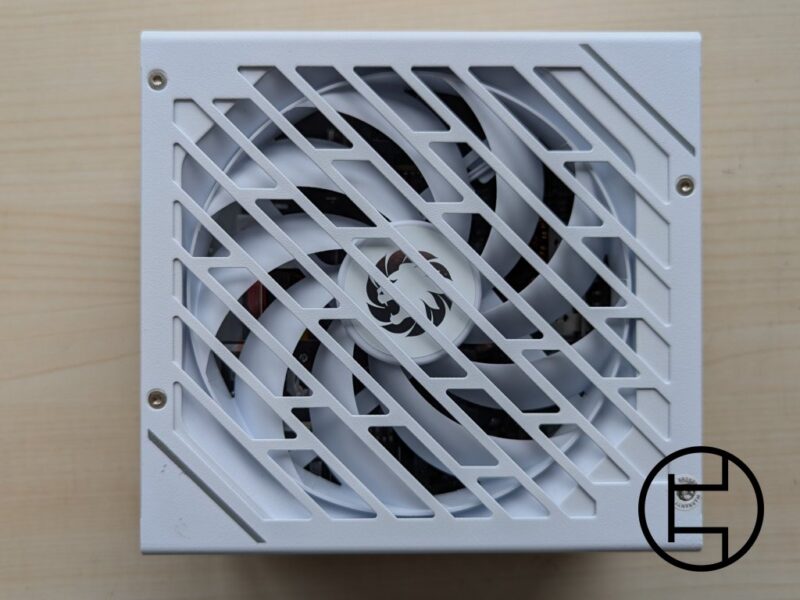Introduction
After reviewing the Hela 850R, we reached out to Silverstone with our findings and published review and some talk later… We ended up with another PSU. While it does feel like a forgotten formfactor, TFX isn’t quite dead yet. It’s still used in OEM systems, a few SFF cases (Like the Milo 11 that we reviewed along with this unit)… And Silverstone is keeping the dream of TFX alive with the TX700. Coming in at 350-400w higher than their closest competition from BeQuiet and Seasonic, the TX700 is in a market of its own… But is it any good? Let’s find out today!
General Specifications
| Brand | Silverstone |
| Model | TX700 |
| Wattage | 700W |
| Introduction year | 2020 |
| Modularity | Non-modular |
| Warranty | 3 Years |
Power Specifications
| 3.3V | 5V | 12V | 5VSB | -12V |
|---|---|---|---|---|
| 22A | 22A | 58.3A | 2.5A | 0.3A |
| 120w | 700w | 12.5w | 3.6w |
Cables
| Cable type | Cable Quantity | Connector Per Cable |
|---|---|---|
| ATX 20+4 pin | 1 | 1 |
| EPS 8/4+4 pin | 1 | 2 |
| PCIe Power 6+2 pin | 2 | 2 |
| SATA Power | 1 | 4 |
| Peripheral 4 pin | 2 | 2 |
| FDD 4-pin | 1 | 1 |
Unlike other units we’ve looked at lately, the TX700 is a non-modular PSU. This means taking pictures was really hard to do with this thing, as I can’t just place them all on a table and capture whatever I need. The first thing many will notice and even criticize on is the use of so called “ketchup and mustard” cables. While many modern PSUs use fully black cables, Silverstone instead went with colored cables with sleeving around it. While this is usually a sign of cheaping out… In this case I doubt it. Most TFX cases have a solid panel anyways, it’s useful to see what leads where and it doesn’t impact performance at all… No complaints there.
However, I do have a complaint about the EPS cables. Two connectors on the same cable, if pushed to the limit can absolutely melt away. EPS is a much higher rated connector compared to something like PCIe, coming in at well over double the maximum wattage. Though you could argue that a TFX-compatible case probably won’t be housing a HEDT or server grade platform, I’d still argue for separate cables for this connector, in case someone is insane enough to do something like it.
External
I… don’t know how to put this thing into perspective. So, for reference sake, I grabbed the Leadex V I reviewed a while back and put it next to it. While the TX700 is significantly deeper, it’s narrower compared to the Leadex.
The TX700 is cooled by an 80mm fan on the top of the unit, placed behind a pretty generic, but not at all restrictive fan grill. Here we can also see the usual sticker with the specifications of the unit, showing the name, amperage per rail, input voltage and so on… Pretty much what you’d expect.
However, at the back it gets interesting. The first thing you’ll notice is the power button missing… Because it doesn’t have one. While it’s definitely nice to have, it’s hard to fit it into a formfactor like this while keeping sufficient exhaust. Speaking of, hexagons! No, I’m not leading a cult of hexagon elitists. Especially with this kind of formfactor, it’s nice to see an exhaust with little restriction.
Other than that, it should have pretty much all you’d need for the given formfactor, though the average 650w ATX PSU will likely get you more cables to choose from.
Protections
| AC OCP | CM6500UNX |
| AC UVP | CM6500UNX |
| DC OCP | WT7502 |
| DC OVP | WT7502 (5v/3.3v) |
| DC UVP | WT7502 (5v/3.3v) |
| OTP | CU6901V |
| SCP | WT7502 |
| MOV | Yes |
As I was unable to identify the DC-DC controller on the unit, I excluded them from this overview. However, as I was able to see the amount of pins used, I’m relatively sure the controller can integrate at least UVP and OVP, potentially even OCP and OTP.
As for the rest of the protection set, it regulates voltage and current protection via the APFC controller, with the rest being either covered by the supervisor IC and LLC resonant controller, as well as potentially the DC-DC controller. I have nothing to complain here in a major sense, but it’s also a pretty generic solution.
Parts Breakdown+Internal
| OEM | CWT |
| Platform | CSF |
| Input Voltage | 90-264VAC |
| Primary Converter | APFC Half Bridge LLC Resonant |
| Rectifier | Synchronous Rectification |
| Regulator | DC-DC |
| Fan | HongHua HA8015H12B-Z |
| Bearing | Double Ball Bearing (DBB) |
| PCB Type | Double Sided |
| Bulk Capacitor(s) | 1x Nippon Chemicon KMV (400V, 105c, 390uf) |
| Bridge Rectifiers | 2x Unknown |
| APFC MOSFETs | 2x Unknown, 1x Syncpower SPN5003 (500v, 20ma @ 70c) |
| APFC Boost Diode | 1x Unknown |
| APFC Controller | Champion CM6500UNX |
| LLC Resonant Controller | Champion CU6901VAC |
| Main Switches | 2x Unknown |
| 12v MOSFETs | 6x ON Semi NTMFS5C430N |
| DC-DC Converters | 2x uPI QN3107M6N, 2x uPI QM3054M6 |
| DC-DC Controller | Unknown |
| Supervisor IC | Weltrend WT7502R |
| Standby PWM Controller | On-Bright OB5282CP |
| Standby MOSFET | Silan SVF4N65RDTR (650V, 2.5A @ 100C) |
Before opening the unit, I took a blind guess on who made it… probably Enhance… Maybe Highpower? Then I looked inside, saw a 3-letter code written on the main PCB… then on the IC/filtering PCB… Then saw a familiar name written on the transformer… Green tape… yep, this is Channel Well Technology, aka CWT. The TX700 is based off the CSF platform, not one I’ve personally encountered before, but I’m very familiar with CWT as they’re a common manufacturer for the likes of Corsair, BeQuiet, Thermaltake, Adata XPG, Enermax, Bitfenix, Chieftec, Deepcool, MSI and… many, many others.
Sadly, I was unable to identify some components. The DC-DC controller had goop all over it and was right behind another daughterboard and the various MOSFETs were impossible for me to read off even the brand that made them. So for the rest of the review, I’ll mostly cover what I was able to identify.
HongHua, commonly known as the fan manufacturer behind almost all modern Corsair PSUs (CV and RMx 2021 are excluded), as well as a common vendor for Seasonic, Superflower, Gospower and Greatwall, among some other loose cases here and there. They are relatively cheap, but reliable. Using a DBB bearing, you shouldn’t expect it to be quiet… But you also shouldn’t have looked at this formfactor in the first place. While you do trade in some noise normalized performance, you get a high lifespan and reliability even at higher ambient temperatures in return. Considering the usecase of this unit, I have absolutely nothing to complain about Silverstone’s choice here.
Moving on to the layout of the unit, we see a very unusual setup compared to the average ATX unit. At the front of the unit, we see a bunch of components crammed together with a total of three daughterboards, while the back has a few components with three finned heatsinks covering them. As the airflow moves from the front to the back, this idea makes total sense… But regardless, it’s something I haven’t covered before.
Then, to the back. There are a few patchups done by hand, but that’s not the first time on a unit for me. Other than that, the soldering looks solid, as should be expected of CWT by now, if you give them a reasonable budget to work with.
The bulk capacitor used is a “Japanese” Nippon-Chemicon, though across the unit I’ve seen various other brands that aren’t. While many consider this a big deal… it’s not. Silverstone doesn’t claim to use them, the quality between Japanese brands and Chinese/Taiwanese are basically non-existent and calling them Japanese in the first place is misleading, as they’re all produced in China anyways. The quality of the capacitors used are fine, though nothing outstanding against the rest of the market.
Conclusion
Silverstone did a solid job on the TX700. They went with a well-regarded OEM, made solid component choices (as far as they were visible to me) and are the only one to bring 500w and 700w PSUs to the TFX formfactor. Outside of some complaints I’ve had about the cables and the limitations of the formfactor as a whole, I really have little to complain about the product itself.
However, it’s not perfect. As a first, I would’ve liked to see a 5-year warranty on it instead of 3 years. It feels like Silverstone has made the product reliable enough to support it, yet chooses not to. And aside from that, the most major part of this all is the formfactor itself… TFX has barely taken off outside of OEM systems, making it a niche market to aim at. There’s nothing inherently wrong with the formfactor itself, but many small formfactor cases chose to instead use SFX(-L), Flex-ATX… or even regular ATX PSUs. But if you’re looking at a small formfactor case or prebuilt that needs a TFX PSU, you have a decent budget spare and want something more powerful than 300-350w… The TX700 is your only option, and one I can recommend at that. Applause for Silverstone for still supporting, and even innovating within a niche formfactor like this.
Silverstone TX700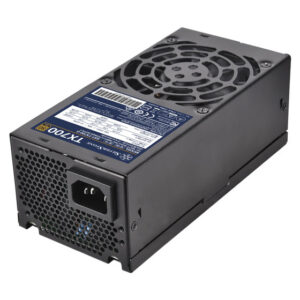
Buy TX700
- Market of its own
- Solid component choice
- Well built
- Niche
- Expensive
- Not quiet
- Dual EPS on a single cable
- 3-year warranty
Alternatives
Corsair SF Platinum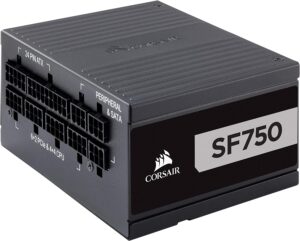
Buy SF750
- More efficient
- Quiet given the size
- Individually sleeved cables
- Expensive
Silverstone Extreme R Platinum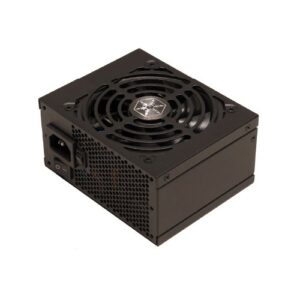
Buy Extreme-R 850w
- The most viable option for an 850W so far
- More efficient
- Quiet given the size
- Likely to be expensive
- Not yet listed on Silverstone's site, only on Cybenetics
- Relatively cheap
- Scales up to 850w
- Similar efficiency
- Widely available
- Rather loud even given its size
- Scales up to 1000W
- More efficient
- Quiet
- Limited availability
- Expensive
Silverstone SX1000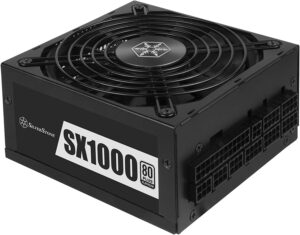
Buy SX1000
- Scales up to 1000w
- More efficient
- Decently available
- Expensive
- Not the most quiet
- OTP is set too high
Fractal Design Ion SFX-L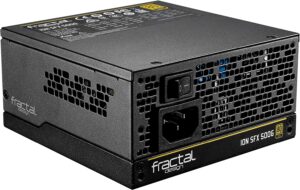
Buy Ion 650G
- Flexable cables
- Quiet
- Widely available
- Relatively cheap
- Seasonic has shown some recent issues with the SFX formfactor
- Only scales up to 650w
Silverstone FX600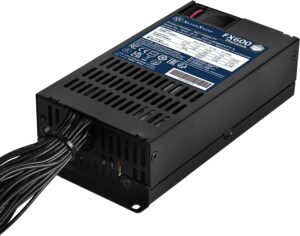
Buy FX600
- Based off a proven Enhance platform
- Very compact
- More efficient
- Loud due to its formfactor
- Limited availability
- Expensive
FSP FlexGURU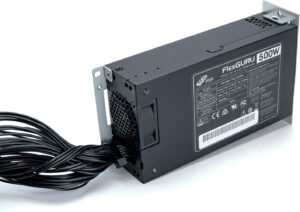
Buy Flexguru 500w
- Proven OEM within the formfactor
- Very compact
- Expensive
- Limited coverage by reviewers
